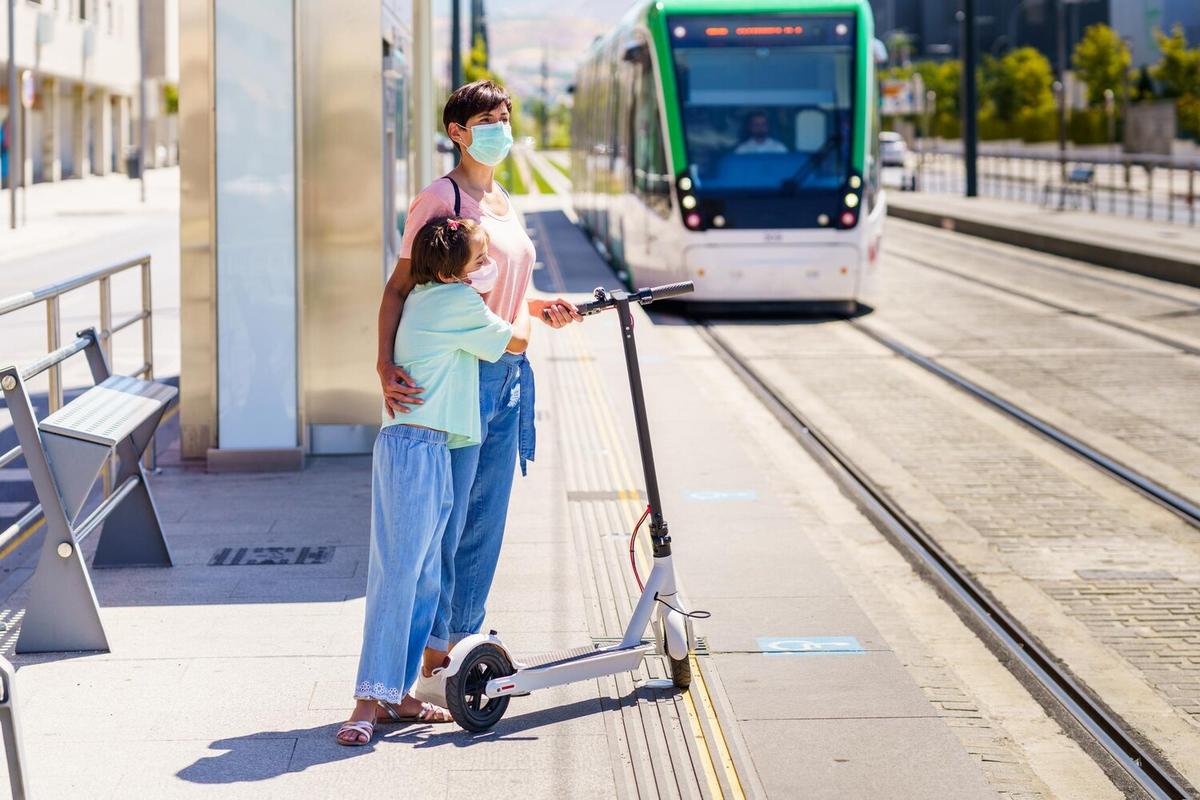
Public Transportation Innovations for Sustainable Cities
As urban populations swell and environmental concerns mount, sustainable public transportation emerges as a pivotal component in crafting eco-friendly cities. This article delves into the latest innovations in public transportation that are paving the way for more sustainable urban environments.
Understanding the Need for Innovation in Public Transportation
Cities worldwide are grappling with challenges such as traffic congestion, air pollution, and rising carbon emissions. According to the United Nations, urban areas are expected to house 68% of the world’s population by 2050, accentuating the urgency for sustainable transport solutions.
Exploring Innovative Solutions
Electric Buses: A Cleaner Alternative
Electric buses are becoming increasingly prominent in urban transit systems. A report by the International Energy Agency highlights that electric bus numbers have surged, with China leading the charge. These buses offer reduced emissions and operate quieter than traditional diesel buses.
Smart Traffic Management Systems
Smart traffic systems integrate technologies like AI and IoT to optimize traffic flow, thereby reducing idling and emissions. Cities such as Amsterdam and Singapore have implemented these systems successfully, resulting in smoother traffic and lower pollution levels.
Personal Anecdote: The Bike-Share Revolution
During a visit to Copenhagen, I experienced firsthand the convenience and sustainability of bike-sharing systems. These programs not only encourage physical activity but also significantly cut down on traffic congestion and emissions.
Light Rail Transit (LRT)
LRT systems are gaining traction as a sustainable alternative to cars. Their ability to transport large numbers of passengers efficiently makes them a crucial component of urban transport strategies.
Actionable Tips for Implementing Sustainable Transit
- Invest in infrastructure that supports electric and low-emission vehicles.
- Promote public awareness campaigns to increase ridership on public transit.
- Encourage public-private partnerships for funding sustainable transport projects.
Consider integrating renewable energy sources, like solar panels, to power public transit facilities, reducing reliance on non-renewable energy.
Table: Comparison of Public Transportation Modes
| Mode | Emission Level | Capacity | Cost Efficiency |
|---|---|---|---|
| Electric Bus | Low | Medium | High |
| Light Rail | Low | High | Medium |
| Bike-Share | None | Low | High |
| Traditional Bus | High | Medium | Medium |
| Carpooling | Medium | Low | High |
| Walking | None | Low | High |
| Subway | Low | High | Medium |
| Tram | Low | Medium | Medium |
FAQs on Public Transportation Innovations
What is the most sustainable mode of public transport?
Bike-sharing and walking are among the most sustainable options as they produce no emissions.
How can cities reduce public transport emissions?
Cities can invest in electric vehicles, promote carpooling, and improve public transit infrastructure.
Why is public transportation important for sustainable cities?
It reduces traffic congestion, lowers emissions, and promotes efficient land use.
Conclusion
Innovations in public transportation are crucial for developing sustainable cities. By adopting electric vehicles, smart traffic systems, and promoting active transport modes like cycling, cities can significantly reduce their carbon footprint. For more information on sustainable urban development, explore additional resources and join the conversation on how we can create more livable cities for future generations.


